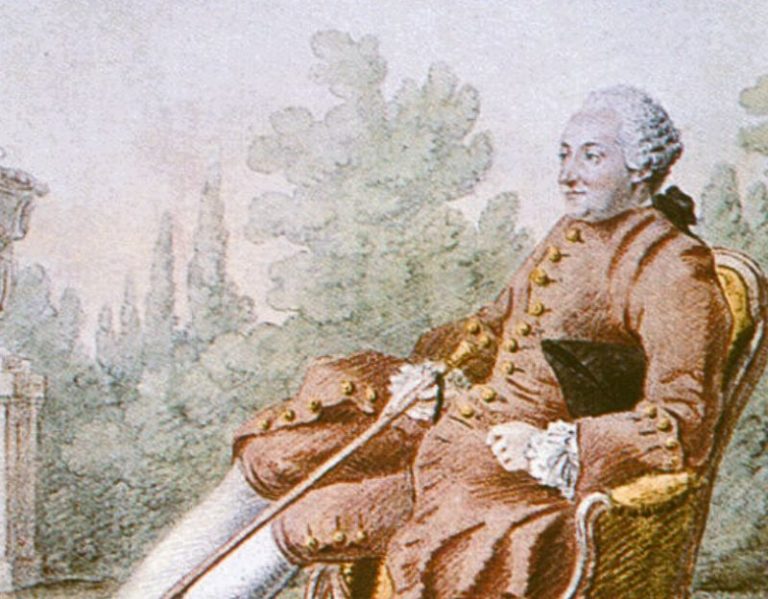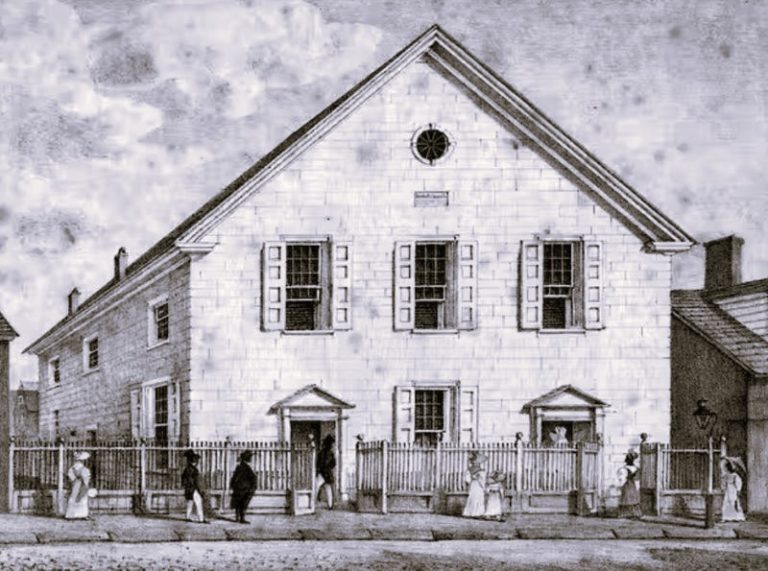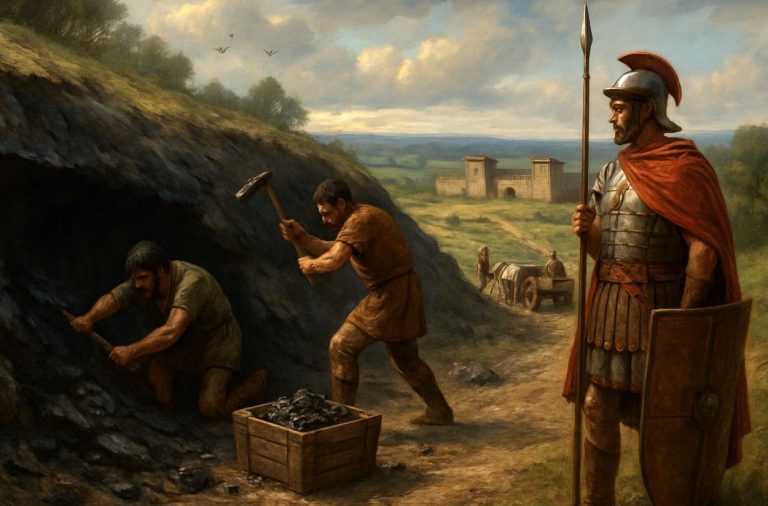
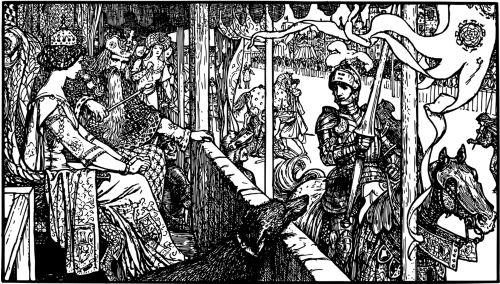
Medieval tournaments are often considered a serious test for knights. However, these tournaments have been used for entertainment since at least the 12th century. So, let’s take a look at the enduring link between knighthood and entertainment, as well as some of the top sports included in these tournaments.
Knighthood and Entertainment
The chivalric nature of knighthood has been a subject of entertainment since the Middle Ages – and this intrinsic connection between knights and entertainment still remains today. Chivalric competitions are often the topic of modern entertainment, from experiences like Medieval Times in the US and The Royal Armouries in the UK, to films like A Knight’s Tale, and even online casino games.
In fact, knighthood remains one of the more popular themes for online slots in the UK. When players browse Paddy’s online slots selection they will find games like Return of The Green Knight, Lock and Hit Red Knight, The Knight King, and Knight Fight, which use the iconography and motifs of such historical narratives and cultural traditions to create an immersive and authentic online casino experience. These games are often set in the location of chivalric competitions and tournaments, emphasizing the entertainment aspect of these occasions.
Whilst Medieval tournaments often came with real consequences, these competitions were essentially martial games (or hastilude) that were hosted as part of celebrations such as coronations, births, marriages, martial successes, and welcome parties – or simply ‘just because’ – to entertain the guests attending the events. And, during these tournaments, perhaps two of the more popular events – and those most represented in modern media – were different types of hand-to-hand combat and, of course, jousting.
Hand-to-Hand Combat Shows
Events featuring this kind of fighting style ranged from one-on-one hand-to-hand combat to the mêlée, where knights divided into two teams and fought against one another. Whilst, as noted by Medievalists.net judicial hand-to-hand combat used sharpened weapons in order to carry out what they considered fair and impartial justice, tournament hand-to-hand combat shows typically used blunted weapons during the fights.
To become a knight, these men had to train for up to a decade in footwork, tactics, and skill. For this reason, it is widely accepted that these meets would be elaborate and complex – knights were essentially the celebrities of their time for a reason. That said, despite extensive research, the intricacies of medieval hand-to-combat remain a mystery, and we might never know just what techniques they used.
The Sport of Jousting
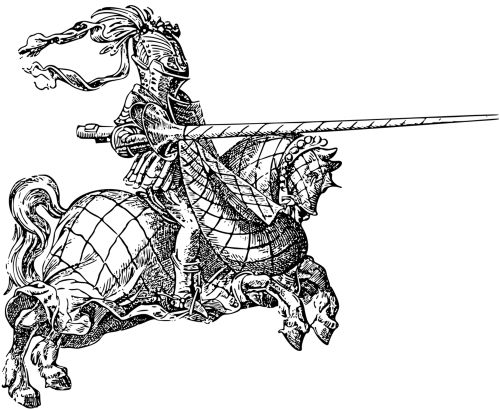
Jousting has been a part of tournaments since as far back as can be traced. These events involved two knights on horseback, who would charge at one another whilst trying to knock their opponent off their horse with a large, leveled lance. As stated by English Heritage, there was also another style of jousting, known as tilting or riding, where horsemen instead tried to get their lances through small metal rings.
By the early 13th century, jousting became so popular as a sport that it began to have events exclusive of wider tournaments. It continued to be a favorite of knights and nobility until the 17th century when other equestrian sports piqued the interest of audiences.
As you can see, knights have been a subject of entertainment for centuries – all that has changed is the medium!
